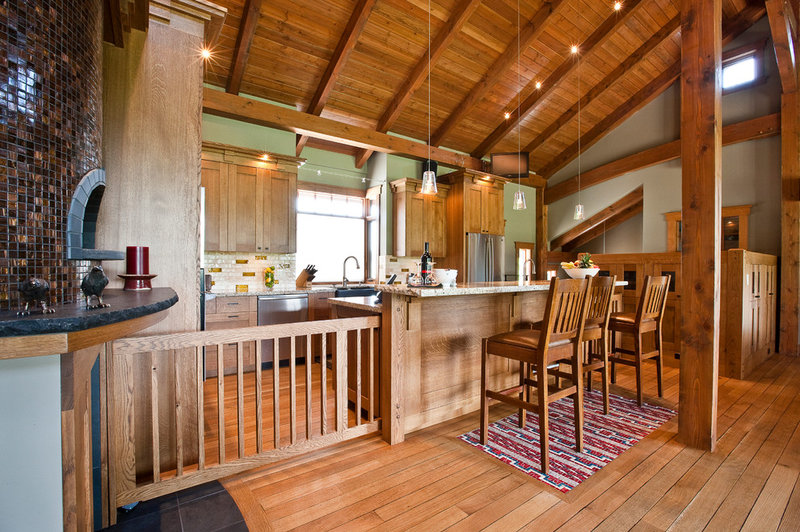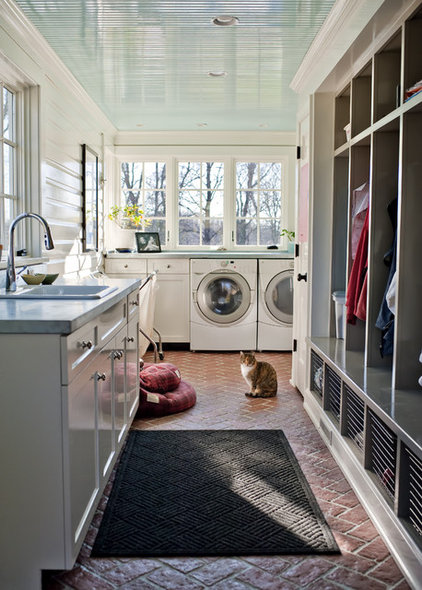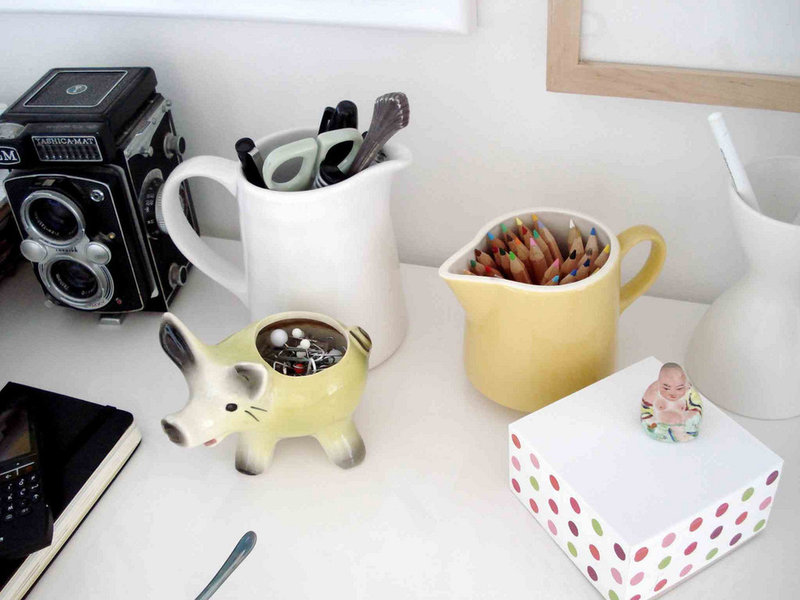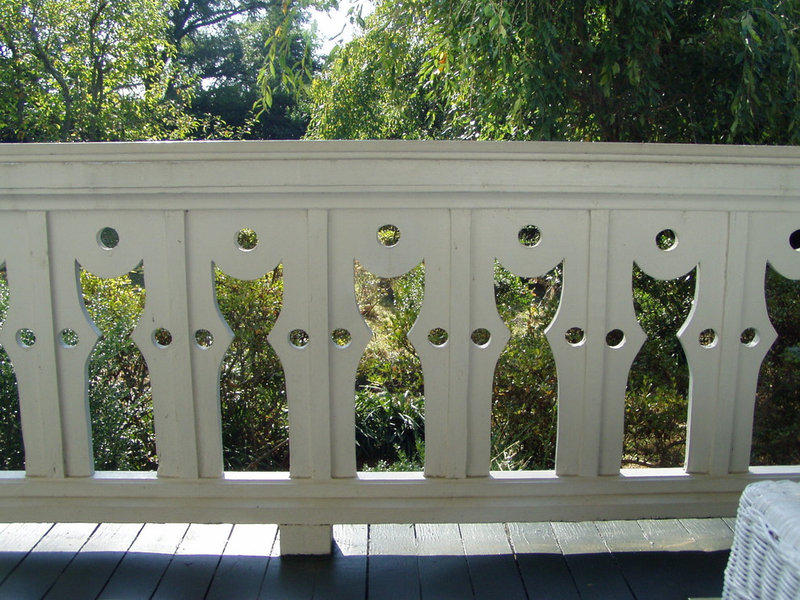
Melanie McLister is answering tough questions from mortgage consumers.
“It used to be, ‘What’s the best rate?’ Now they are asking about prepayments, blended increases, port features, penalty calculations,” says McLister, mortgage planner and co-owner of RateSpy, a mortgage rate comparison website.
“There’s been a really big push to help homeowners understand the terms and conditions of their mortgages, and I think it’s actually getting through,” she says.
One point of confusion is what to do when a mortgage comes up for renewal.
Taking an active approach to a mortgage that is reaching its maturity can be an excellent opportunity to make adjustments and save more money.
But many Canadians will opt for a laissez-faire approach and let their mortgages automatically renew for another term. This means they may not get the best interest rate or best conditions.
McLister points to a few reasons for this.
“A lot of people still don’t understand how the renewal process works so there’s a bit of a fear there. Another part is inconvenience and also a lack of time,” she says.
“You do have to go through all the paperwork all over again to obtain a new mortgage (from a different lender). So there is an element of work involved in the process.
“But if you can push papers around to save a few thousand dollars, I would highly recommend doing it,” says McLister.
The Canadian Mortgage and Housing Corporation (CMHC) 2013 Mortgage Consumer Survey says 88 per cent of those renewing a mortgage will stick with their existing lender.
For the 12 per cent who opt for a switch, 44 per cent say it’s for a better interest rate.
A lower interest rate may translate to more money in your pocket. Consider this example from the Financial Consumer Agency of Canada (FCAC):
If you have a $200,000, 25-year mortgage with a 5 per cent interest rate, you would pay $148,963 worth of interest.
Lower your rate just 0.5 per cent and you’d pay $132,083. That’s a savings of $16,880 through the life of your mortgage.
Katharine Trim, spokeswoman for FCAC, says you don’t need to be a savvy negotiator to land a better interest rate, but you should know what’s on offer.
“Be an informed consumer. Ask questions and get proposals from different financial institutions,” she says.
“Ask your lender for a better rate; it’s a fair question to ask.”
A lender from a federally regulated institution, such as a bank, must provide you with a renewal statement at least 21 days before the end of the existing term.
“But our recommendation is that you start shopping around about three months in advance,” says Trim.
Instead of a better rate, you may want different conditions. Investor Education Fund, a non-profit funded by the Ontario Securities Commission, says there are a few key points to keep in mind:
The amortization period. This is the total length of time it will take to pay your mortgage in full.
The mortgage term. As a general rule, the longer the term, the higher the interest rate.
The type of mortgage. An open mortgage allows you to pay back your mortgage back in full at any time. It may come with a higher rate. A closed mortgage is more restrictive.
The kind of rate. In a fixed-rate mortgage, you’ll pay a set amount for the duration of your term. A variable rate mortgage, on the other hand, changes as the Bank of Canada changes the rate.
The prepayment privileges. You may be able to “double up” or make lump sum payments to pay down your mortgage faster.
Knowing your financial goals may help you choose a suitable mortgage.
Perhaps you’d like to pay off your mortgage faster.
In this case, you may want to consider a mortgage with fitting prepayment privileges. You can also achieve this goal by making larger payments or changing the payment frequency from monthly to accelerated biweekly.
Perhaps your goal is to better balance consumer debt with mortgage payments. In this case, choosing a fixed-rate term may be more desirable than a variable rate term as you know you’ll have set payments for a set period.
“Another thing to think about is how much risk you want to take on. If interest rates go up in the future, can you afford those payments? A consumer really needs to think about their own personal situation at renewal time,” says Trim.
You do not need to stay with your current lender if you find a better mortgage elsewhere.
There may be extra costs involved when switching.
Fees to consider include setup and discharge fees, the cost of registering the new mortgage, transfer or assignment fees, appraisal fees and other administrative fees.
You may incur fees while visiting your lawyer, for example. Your mortgage default insurance premiums may rise if you increase the amount of you mortgage loan or extend your amortization period.
“Weigh all the different costs of the new package against the benefits of staying where you are,” says Trim.
Ask the lender whether they will waive any or all of the fees to gain your business.
You can also approach your existing lender with the package you’ve been offered.
They may just offer you the same or a better deal.
McLister says financial institutions are competing for your business, not the other way around.
“But at the end of the day, the onus is on the client to do their own due diligence when their mortgage is up for renewal,” says McLister.
Know your rights and responsibilities
before signing a mortgage
A financial institution must provide you with clear information about:
- The principal, interest rate, term, amortization period and any payments due;
- Prepayments and any associated charges
- The cost of default insurance, how it is calculated and any associated fees
- How interest is calculated and how you will be charged
A lender may offer you better mortgage conditions if you agree to use some of their other services. It’s important to note, you are not required to buy additional products from a lender in order to get a mortgage.
If you need to buy mortgage insurance, for example, a financial institution can’t say that you must buy it from them.
Further, you are not required to open other accounts with them.
Most financial institutions have a complaints process that includes a speaking with a supervisor or a complaints officer.
If you have an issue and the process isn’t working, you have other routes. For federally regulated financial institutions, contact the FCAC or the Ombudsman for Banking Services and Investments.
For credit unions, caisse populaires, trusts, or insurance companies, contact your provincial regulator.
Before signing any contract you have the responsibility to read it and understand all its terms and conditions.
If you’re unsure of anything, ask your lender to clarify.
You are bound by the terms in the contract once you’ve signed.
The written contract overrides any of the discussions you’ve had. If the lender has made a commitment to you, make sure it’s in the contract.
To help you along, take notes during your conversations. Cross-check to make sure everything that was promised to you appears in the contract.
If you don’t meet your end of the contract, a lender can take the property you have mortgaged and sell it to recover the outstanding funds. If more is required, a lender can sue you personally for the difference.
This can have lasting effect on your credit rating and inhibit your ability to borrow in the future.
Source: thestar.com






























